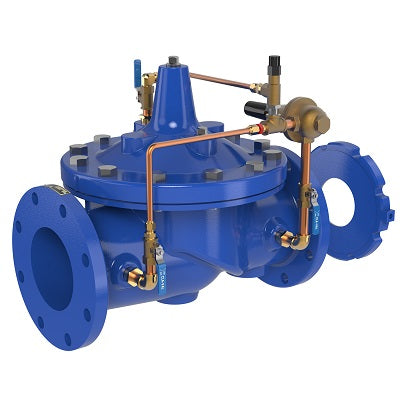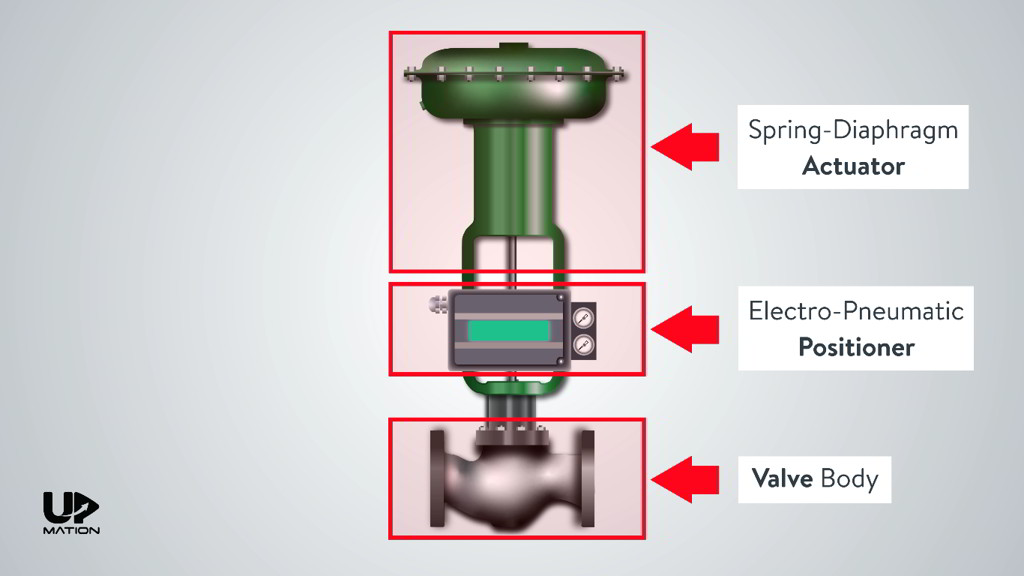Efficient Control Valves: Trick Parts for Efficient System Monitoring
Efficient Control Valves: Trick Parts for Efficient System Monitoring
Blog Article

Maximize Power Savings and Comfort With Advanced Building Automation Controls
In the world of modern style and center administration, the combination of advanced building automation controls stands as a crucial innovation. By using the power of automation, structures can adapt, react, and advance in means that were when unthinkable.
Energy Effectiveness Advantages
Power efficiency benefits can considerably reduce energy consumption and functional costs in structures. By executing energy-efficient methods and modern technologies, building owners and operators can achieve considerable savings while additionally contributing to ecological sustainability. One of the primary benefits of enhancing energy efficiency in buildings is the reduction of energy bills. Energy-efficient systems, such as innovative structure automation controls, can enhance using resources like home heating, illumination, and cooling, resulting in lower power expenditures in time.
In addition, boosted power performance can extend the life-span of building devices and systems. By running a lot more effectively, cooling and heating systems, lighting fixtures, and various other structure components experience much less deterioration, leading to reduced upkeep and substitute costs. Additionally, energy-efficient structures typically command greater building worths and rental prices, giving long-lasting financial benefits to proprietors.
Furthermore, energy efficiency can boost occupant comfort and performance. Appropriately regulated interior settings with optimal lights and thermal problems produce a more positive and helpful workspace, resulting in boosted staff member complete satisfaction and performance. Overall, the energy performance advantages connected with innovative building automation controls are complex, including expense savings, environmental stewardship, and owner health.
Boosted Comfort Control
Enhancing comfort control in structure environments needs an advanced assimilation of innovative automation systems for ideal passenger well-being. By utilizing advanced building automation controls, centers can customize the interior environment to fulfill the details requirements and choices of owners. These systems make it possible for accurate policy of lighting, temperature level, and ventilation, producing a comfortable and efficient ambience. Resident complete satisfaction and performance are very closely connected to thermal convenience, making it important to have systems in position that can adjust to transforming conditions in real-time.
Enhanced convenience control exceeds basic temperature level changes. It includes features such as personalized setups, tenancy sensing units, and all-natural light use to create a dynamic and receptive atmosphere. By integrating these sophisticated controls, structures can not only improve convenience however also improve energy performance by enhancing system procedures based on actual tenancy and usage patterns. Inevitably, prioritizing passenger comfort through advanced automation systems causes a much more enjoyable and healthier indoor environment.
Operational Efficiency Improvements

In addition, the implementation of real-time monitoring and analytics devices allows building operators to identify energy inadequacies and functional abnormalities immediately. By continually keeping track of power usage patterns and system performance metrics, modifications can be made in real-time to maximize energy consumption and guarantee peak operational effectiveness. control valves. Additionally, including demand response methods into structure automation controls can additionally improve operational efficiency by dynamically changing power use based on grid conditions and pricing signals
Indoor Climate Optimization
Effective indoor climate optimization is an essential element of building automation controls, making certain residents' convenience and well-being while taking full advantage of energy savings. By utilizing innovative sensing units and controls, building automation systems can constantly keep an eye on and adjust temperature level, moisture degrees, air quality, and ventilation to create an ideal indoor environment. Preserving comfortable and constant problems not only enhances owner satisfaction yet likewise increases efficiency and overall well-being.
Indoor environment optimization additionally plays a critical function in energy effectiveness. By fine-tuning air conditioning, home heating, and air flow systems based on real-time data and occupancy patterns, developing automation controls can considerably decrease power usage - control valves. Executing approaches such as demand-controlled ventilation and thermal zoning can aid reduce energy waste while ensuring that each area of the building receives the needed conditioning.

Lasting Setting Development
Structure automation regulates not only enhance interior climate conditions for power performance and owner convenience but also lay the structure for creating a lasting setting via tactical administration of click over here now resources and systems. By integrating sophisticated building automation technologies, such as sensors, actuators, and smart software, centers can change and keep track of power use in real-time to lessen waste and reduce their carbon footprint. These systems enable predictive upkeep, recognizing prospective concerns before they rise and enhancing tools performance to boost durability and effectiveness.
Additionally, sustainable environment production expands past power monitoring to incorporate water conservation, waste reduction, and indoor air top quality renovation. Structure automation controls can manage water use, discover leaks, and make sure proper garbage disposal practices, adding to overall sustainability initiatives. Furthermore, by checking and regulating ventilation and filtration systems, these modern technologies boost occupant health and wellness and efficiency while lowering power intake connected with heating and cooling operations.
Final Thought
Finally, advanced building automation regulates deal substantial benefits in terms of power cost savings, convenience control, functional performance, interior climate optimization, and creating a sustainable setting. By implementing these controls, structures can achieve optimal efficiency while minimizing energy intake and boosting passenger comfort. It is obvious that using innovative automation modern technology is essential in boosting building performance and developing a much more lasting future.
Power effectiveness benefits can considerably reduce power consumption and operational costs in buildings. Overall, the power performance advantages linked with innovative structure automation controls are multifaceted, including cost financial savings, ecological stewardship, and resident health.
In addition, incorporating need feedback have a peek at these guys approaches right into structure automation controls can additionally enhance functional effectiveness by dynamically changing energy use based on grid conditions and pricing signals.
Building automation controls not just optimize interior climate conditions for energy effectiveness and occupant convenience yet additionally lay the look at more info structure for creating a sustainable environment through tactical administration of sources and systems.In verdict, progressed structure automation regulates offer significant benefits in terms of power cost savings, comfort control, functional effectiveness, interior climate optimization, and producing a sustainable atmosphere.
Report this page